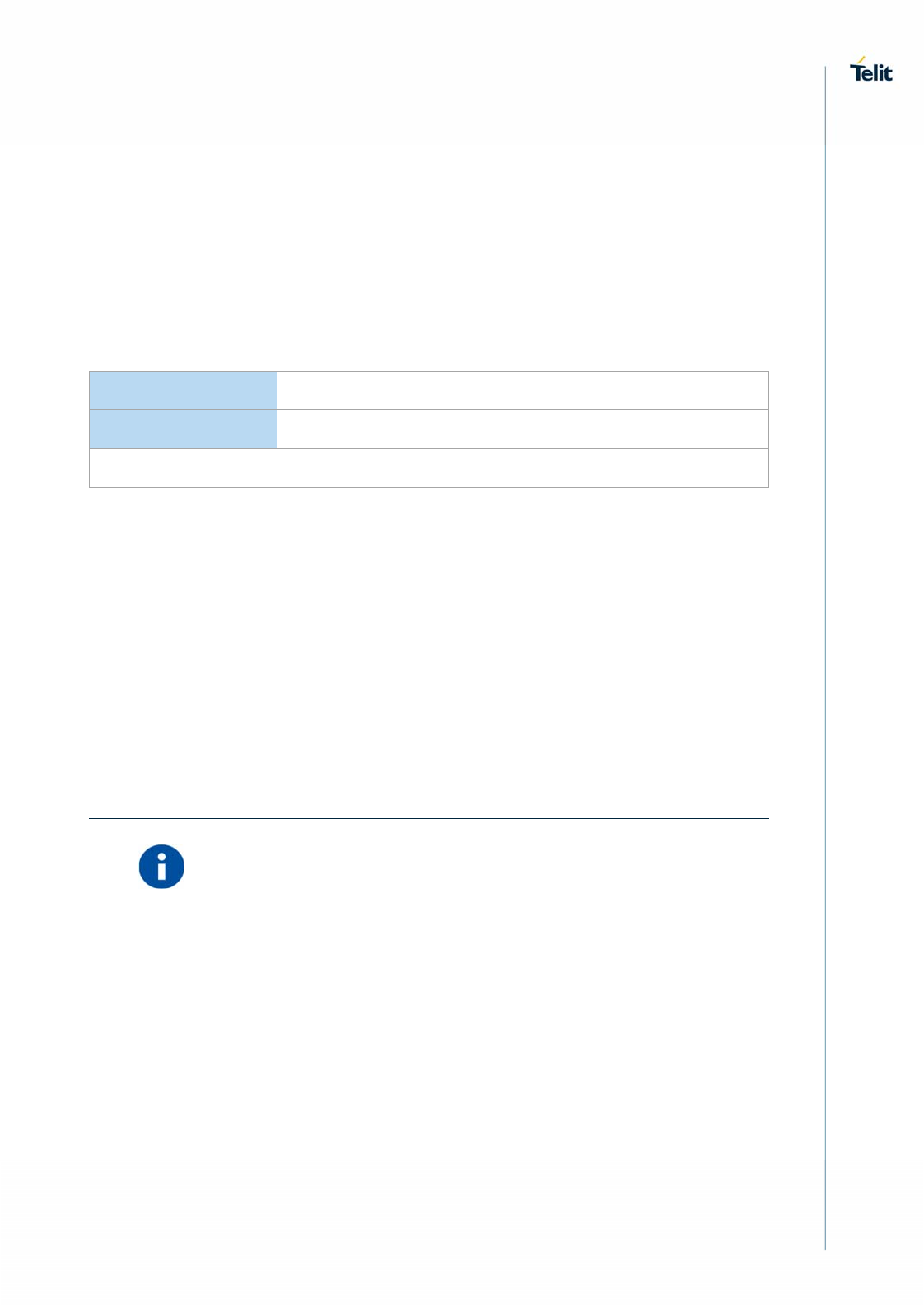User's Guide

LM940 HW Design Guide
1VV0301352 Rev. 2 Page 48 of 68 2017-07-19
For more information about mating connectors visit the website http://www.hirose-
connectors.com/
7.5.2. Antenna Cable
Connecting cables between the module and the antenna must have 50 Ω impedance.
If the impedance of the module is mismatched, RF performance is reduced significantly.
If the host device is not designed to use the module’s diversity or GNSS antenna,
terminate the interface with a 50Ω load.
Minimize Antenna Cable Requirements
Impedance 50 Ohm
Max cable loss 0.5 dB
Avoid coupling with other signals.
7.5.3. Antenna Installation Guidelines
Install the antenna in a location with access to the network radio signal.
The antenna must be installed such that it provides a separation distance of at
least 20 cm from all persons and must not be co-located or operating in
conjunction with any other antenna or transmitter.
The antenna must not be installed inside metal cases.
The antenna must be installed according to the antenna manufacturer’s
instructions.
Furthermore, if the device is developed for the US and/or Canada market, it must comply
with the FCC and/or IC approval requirements.
Information
This device is to be used only for mobile and fixed application. The
antenna(s) used for this transmitter must be installed to provide a
separation distance of at least 20 cm from all persons and must not be
co-located or operating in conjunction with any other antenna or
transmitter. End-Users must be provided with transmitter operation
conditions for satisfying RF exposure compliance. OEM integrators
must ensure that the end user has no manual instructions to remove
or install the LM940 module. Antennas used for this OEM module must
not exceed gain of below table for mobile and fixed operating
configurations.
In the event that these conditions cannot be met (for example certain
laptop configurations or co-location with another transmitter), then the
FCC/IC authorization is no longer considered valid and the FCC/IC ID
cannot be used on the final product. In these circumstances, the OEM
integrator will be responsible for re-evaluating the end product
(including the transmitter) and obtaining a separate FCC/IC
authorization.










